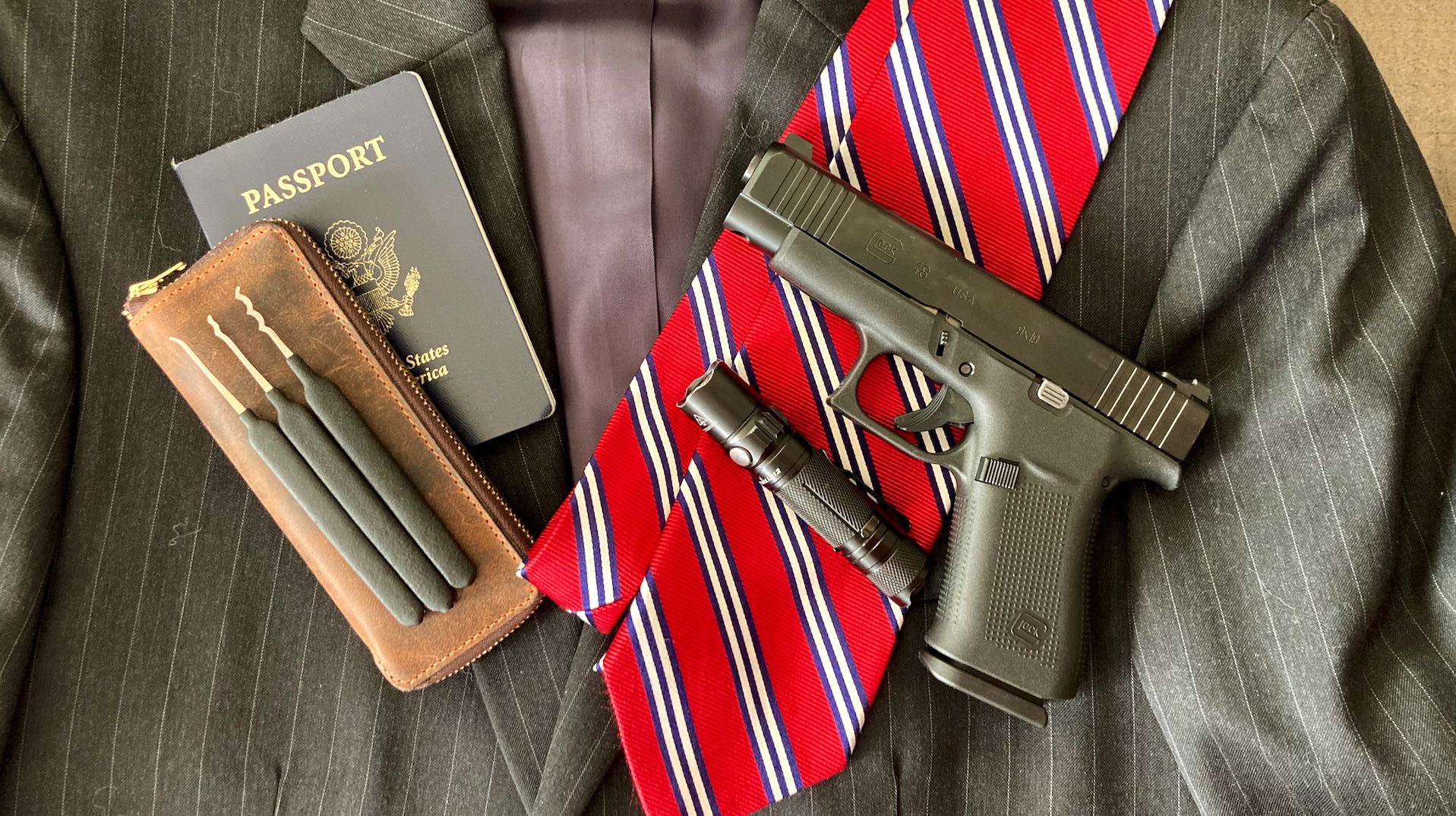Welcome back to the Across The Peak Podcast, the show Where Rich and Justin discuss preparedness, the birds and the bees, guns, history, tattoos, and… well, basically all the stuff your old man shoulda taught you! After a four-year silence we are re-releasing the ATP archive. Here it is, folks, Across The Peak Episode 017: Home Fire Protection! This show was originally released on 10/23/2018.
Home Fire Protection Planning
Since Rich bragged about my ability to create an outline during this episode (I think he called me an “outline savant,” I posted the original outline below, completely intact.
This article contains affiliate links.
Featured Image was originally posted to Flickr by Tony Webster at https://flickr.com/photos/87296837@N00/43402923661, used with permission under Creative Commons license.
What Are You Drinking?
Rich’s Drink: Gotta Get Up to Get Down
Justin’s Drink: Cali Creamin’ from Mother Earth Brewing
This show is a listener request.
———————————–
Step 1: Prevent a Fire from Happening
Home fires are the single most common disaster across the nation
Electrical Appliances
– Ensure you’re aren’t overloading your home’s electrical capacity (appliance specific surge protectors)
– Replace any frayed electrical cords or ones with the ground pin removed
– Don’t cover electrical cords with rugs that can hide frays in the insulation
Kitchen
– Keep a kitchen fire extinguisher handy
– Keep your stove top and range hood clean
– Never leave the stove unattended (my experience with grease fires)
Dryers
– Clean out the vent regularly (my experience venting into crawlspace)
– Clean out the lint filter EVERY. SINGLE. TIME.
– Clean out under and behind your dryer.
– Justin’s Policy: never leave home with the dryer running
Fire places/wood heat
– Make sure fireplaces/wood heaters/wood pellet stoves are installed IAW manufacturer recommendations and local code
– Make sure your chimney is in good shape and clean
– Have chimney inspected annually
– Don’t burn green (and go easy on the pine) wood
If you live in wildfire country…
– clear brush and combustibles from around your house
– cut your grass and clear debris
– don’t store firewood where it can catch (like against your house)
– Use non-flammable landscaping like rocks
– Secure your home’s eaves and vent openings
– Protect your home’s roof, and siding
– Tile and steel are better than asphalt shingles
– concrete and stucco siding are better than wood
– put in heat-resistant blinds/curtains and non-combustible shutters
– windows break easily in a fire
– blinds and shutters can protect these vulnerable openings
———————————–
Step 2: Protect Your Life If a Fire Does Happen
Have a Plan
– EVERYONE MUST KNOW THE PLAN!(Only 26 percent of families have actually
developed and practiced a home fire escape
plan)
– Do you know your exits?
– Have you tested your exits lately?
– Does your family know how to get out?(Children and older adults are twice as likely to die in a home fire as the American population at large)
– If the exit might require tools (such as a glass break) is one nearby?
– Does your family know where to meet up when they get out?
– If a fire starts, you may have just two minutes to get to safety. So time your fire drills and find out: what’s your escape time?
Smoke Detectors
Having a working smoke alarm reduces one’s chances of dying in a fire by nearly half
2/3 of US house fire deaths are the result of no smoke detectors or smoke detectors with old/missing batteries
– Types https://www.itstactical.com/intellicom/mindset/can-certain-types-of-smoke-detectors-actually-fail-to-alert-you/
– Photoelectric
– Ionization
– Combination (BEST – $25)
– Test monthly
– Changing the Batteries (recommend 10 year lithium)
– Biannually (Daylight savings time)
Fire Extinguishers: http://femalifesafety.org/
Types of fires
– Class A: ordinary combustibles (paper, wood, etc.)
– Class B: flammable liquids (gasoline, etc.)
– Class C: Energized electric equipment (computers, etc.)
– Class D: combustible metals
– Class K: Cooking oils
Types of extinguishers
– Water/Foam: class A fires ONLY
– Carbon Dioxide: class B/C, usually ineffective on Class A
– Dry Chemical: Modern dry chemical usually good on A/B/C but CHECK THE LABEL!
– How to use a fire extinguisher (PASS)
– Pull the pin
– Aim low at the base of the fire
– Squeeze lever
– Sweep side-to-side
– Always keep your back to a safe exit
– Where to put them
– Maintaining/Testing
– If the extinguisher has been used at all, replace
– Ensure lever is clean/not rusty
– Check the pressure gauge
———————————–
Step 3: Protect Your Stuff
– Invest in a safe – 350 Degrees
– waterproof
www.amsecusa.com/fire-ratings-explained/#
– ETL-Intertek Ratings
– Impact
– UL Ratings
– Manufacturer Ratings
– Consider where you put the safe
– Basement is best
– Ground floor is second best
– Media Coolers
–
– Insurance
– Home/Renter’s
– Valuable Personal Property
– Offsite backups for data
– EDC Bag
———————————–
Book of the Week
How to Change Your Mind by Michael Pollan
———————————–
———————————–
Outro Music
———————————–
Episode Outline: Justin
Show Notes: Justin
———————————–





